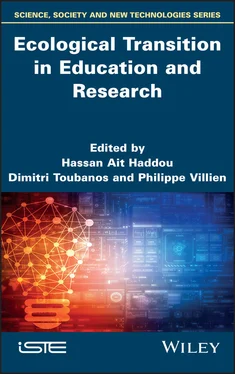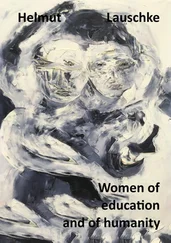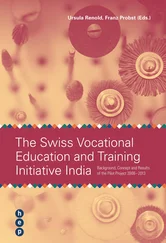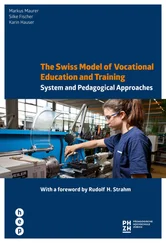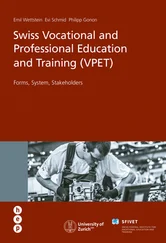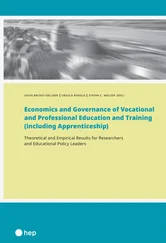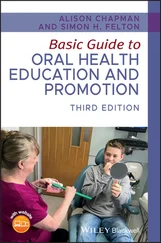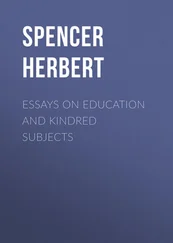1 Cover
2 Title Page
3 Copyright First published 2021 in Great Britain and the United States by ISTE Ltd and John Wiley & Sons, Inc. Apart from any fair dealing for the purposes of research or private study, or criticism or review, as permitted under the Copyright, Designs and Patents Act 1988, this publication may only be reproduced, stored or transmitted, in any form or by any means, with the prior permission in writing of the publishers, or in the case of reprographic reproduction in accordance with the terms and licenses issued by the CLA. Enquiries concerning reproduction outside these terms should be sent to the publishers at the undermentioned address: ISTE Ltd 27-37 St George’s Road London SW19 4EU UK www.iste.co.uk John Wiley & Sons, Inc. 111 River Street Hoboken, NJ 07030 USA www.wiley.com © ISTE Ltd 2021 The rights of Hassan Ait Haddou, Dimitri Toubanos and Philippe Villien to be identified as the authors of this work have been asserted by them in accordance with the Copyright, Designs and Patents Act 1988. Library of Congress Control Number: 2021945501 British Library Cataloguing-in-Publication Data A CIP record for this book is available from the British Library ISBN 978-1-78630-716-3
4 Introduction
5 PART 1 Educational Processes at the Service of Ecological Transition
1 Between Architecture and Climate: A Bioclimatic Approach
1.1. Introduction 1.2. Bioclimatism 1.3. Sustainable development 1.4. Smartness 1.5. The “Architecture and Climate” research team 1.6. Teaching 1.7. Conclusion 1.8. Questions 2 Architecture, City, Landscape: The Place of History in Pedagogy Integrating the Climatic Emergency2.1. Introduction 2.2. Climatic heritage through the landscape 2.3. What lessons can be learned from environmental history? 2.4. Integration of the climate dimension in the architectural history course 2.5. Conclusion 2.6. References 3 Ecological Transition Architecture Week (ETAW): An Introduction to the Assessment of Risks and Opportunities3.1. Introduction 3.2. Identifying current topics in terms of ecological transition 3.3. Territorial system sampling 3.4. From a thematic analysis... 3.5. A framework for reflection prior to the project 4 Climate Commons – Educational Research in Action4.1. Introduction 4.2. Climate 4.3. The common 4.4. Educational sequences 4.5. Conclusion 4.6. References 5 Drawing the Thickness of an Environment, Drawing the Thickness of Architecture5.1. Introduction 5.2. Something is happening in Notre-Dame-des-Landes 5.3. Living in the bocage 5.4. Translating what we see 5.5. Drawing architecture and the environment 5.6. The lessons of Geddes 5.7. References
6 PART 2 The Challenges of Ecological Transition Met by Research 6 Overall Comfort in Elementary Schools with Humid Tropical Climates: Methodology for Adapting Comfort Scales 6.1. Introduction 6.2. General framework and methods 6.3. Results and discussions 6.4. Conclusion 6.5. Acknowledgments 6.6. References 7 Urban Green-Blue Grids as a Potential Factor for Regulating Urban Temperature: The Marseille Canal – An Essential Local Opportunity 7.1. Introduction 7.2. The diagnosis of urban overheating 7.3. Urban green-blue grids to limit urban overheating? 7.4. The Marseille case 7.5. Conclusion: design and build the city of tomorrow by integrating the issue of urban heat regulation as well as the revegetation of still available spaces 7.6. References 8 Summer Comfort in the Face of Climate Change: Design Adaptation and Rehabilitation 8.1. Introduction 8.2. The current context 8.3. Method 8.4. The research/teaching duality for energy transition 8.5. The evolution of Master’s degree courses 8.6. Energy theories and practices to be reinforced 8.7. Conclusion 8.8. References 9 Mutations Project at ENSA Nancy 9.1. Origins of the team – the Mutations project 9.2. Gradual team building 9.3. The link between teaching, research and practice 9.4. Rencontres Interdisciplinaires Mutations (Mutations Interdisciplinary Meetings) 9.5. Mutations project workshops 9.6. The Mutations final thesis 9.7. References
7 PART 3 Teaching and Research on Ecological Transition: From Theory to Practice 10 Form Follows Partnership10.1. Introduction 10.2. The need for systemic thought: think global, act local 10.3. From systemic analysis to strategic action for urban ecology 10.4. From the designer architect to the partner architect 10.5. Openness: teaching an attitude more than adaptation to the market 10.6. References 11 Tackling Global Warming in the Ardèche Valley: Project Workshop Narrative11.1. Introduction 11.2. Three-year cooperation between ENSAL and the Ardèche valley 11.3. Putting the bioregion to the test 11.4. Climate change and its consequences: a shared issue? 11.5. Climate: a constant that is no longer so? 11.6. Territorializing global challenges 11.7. Associating experiences with broader dynamics 11.8. The project as a means of testing, demonstrating, convincing 11.9. Projects that open a public debate and lead to the emergence of courses of action 11.10. References 12 Learning from Toulouse: Lessons from the Bioclimatic Houses of Jean-Pierre Cordier12.1. Introduction 12.2. The volume and exposure of a bioclimatic house 12.3. Trapping and storing thermal energy 12.4. The greenhouse as a living space and the resident’s role in bioclimatic houses 12.5. Conclusion on the topicality of the bioclimatic approach 12.6. References 13 The !MPACT Contest: An Opportunity for Architecture Students
8 List of Authors
9 Index
10 End User License Agreement
1 Cover
2 Table of Contents
3 Title Page
4 Copyright First published 2021 in Great Britain and the United States by ISTE Ltd and John Wiley & Sons, Inc. Apart from any fair dealing for the purposes of research or private study, or criticism or review, as permitted under the Copyright, Designs and Patents Act 1988, this publication may only be reproduced, stored or transmitted, in any form or by any means, with the prior permission in writing of the publishers, or in the case of reprographic reproduction in accordance with the terms and licenses issued by the CLA. Enquiries concerning reproduction outside these terms should be sent to the publishers at the undermentioned address: ISTE Ltd 27-37 St George’s Road London SW19 4EU UK www.iste.co.uk John Wiley & Sons, Inc. 111 River Street Hoboken, NJ 07030 USA www.wiley.com © ISTE Ltd 2021 The rights of Hassan Ait Haddou, Dimitri Toubanos and Philippe Villien to be identified as the authors of this work have been asserted by them in accordance with the Copyright, Designs and Patents Act 1988. Library of Congress Control Number: 2021945501 British Library Cataloguing-in-Publication Data A CIP record for this book is available from the British Library ISBN 978-1-78630-716-3
5 Introduction
6 Begin Reading
7 List of Author
8 Index
9 Other titles from iSTE in Science, Society and New Technologies
10 End User License Agreement
1 Chapter 2 Figure 2.1. View of one of the courtyards of El Badi Palace in Marrakesh, 16th c... Figure 2.2. Köppen climate map (Kottek et al. 2006) Figure 2.3. South Atlas village in Morocco (photo: J. Lelay) Figure 2.4. View of the beach and the oil fields from the pier at Huntington Bea... Figure 2.5. Cover of the book Les sans mots de l’habitabilité et de la territori... Figure 2.6. Modeling of key players in relation to the energy transition levers ... Figure 2.7. View of the work of artist Tadao Ando, “Four Cubes To Contemplate Ou... Figure 2.8. Example of a chrono-systemic timeline (Laura Campelli and Manon Hous...
2 Chapter 3Figure 3.1. Screenshot of the ETAW Blog home page with the location of the terri...Figure 3.2. Choice of presentation panels for daily press reviews, produced by 2...Figure 3.3. Final presentation by a group of undergraduate students from ENSA Na...
Читать дальше
